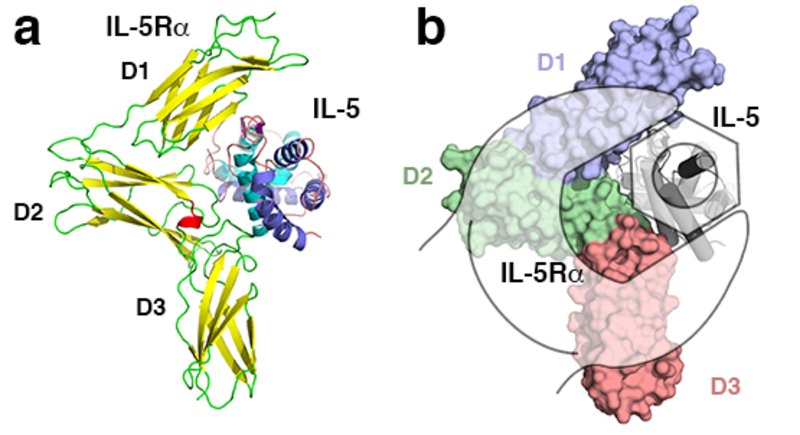Blog Post
Unraveling the Wonders of Interleukin-5 in Immune Regulation
Introduction
Interleukin-5 (IL-5) is a vital cytokine that plays a crucial role in the immune system, particularly in the regulation of eosinophils, a type of white blood cell. Discovered and characterized for its significant impact on hematopoiesis and immune responses, IL-5 has emerged as a key player in various physiological processes.
Understanding Interleukin-5: A Brief Overview
Interleukin-5 is a glycoprotein belonging to the IL-3 cytokine family, known for its specific actions on eosinophils. Produced by T helper 2 (Th2) cells, mast cells, and eosinophils themselves, IL-5 exerts its effects through binding to its receptor, primarily expressed on eosinophils and basophils.
Hematopoiesis and Eosinophil Activation
One of the primary functions of IL-5 is its involvement in hematopoiesis, the formation of blood cellular components. It acts as a critical factor in the differentiation, proliferation, and activation of eosinophils, influencing their maturation in the bone marrow and subsequent release into the bloodstream.
Immune Responses and Allergic Reactions
IL-5 is closely associated with allergic responses and asthma. Its ability to stimulate the growth and activation of eosinophils contributes to the immune mechanisms involved in allergic inflammation. Understanding the role of IL-5 is essential in developing targeted therapies for conditions characterized by eosinophilic involvement.
Therapeutic Implications and Ongoing Research
Given its central role in eosinophil biology, IL-5 has become a target for therapeutic interventions. Monoclonal antibodies designed to block IL-5 or its receptor have shown promise in the treatment of eosinophil-related disorders, including asthma and certain allergic conditions.
Conclusion: Decoding the Impact of IL-5
In conclusion, Interleukin-5 stands as a fascinating cytokine with multifaceted roles in immune regulation and hematopoiesis. As ongoing research continues to unveil its intricacies, the potential for targeted therapies and medical breakthroughs remains high. Exploring the functions of IL-5 opens new avenues for understanding immune responses and devising innovative strategies for treating associated disorders.


